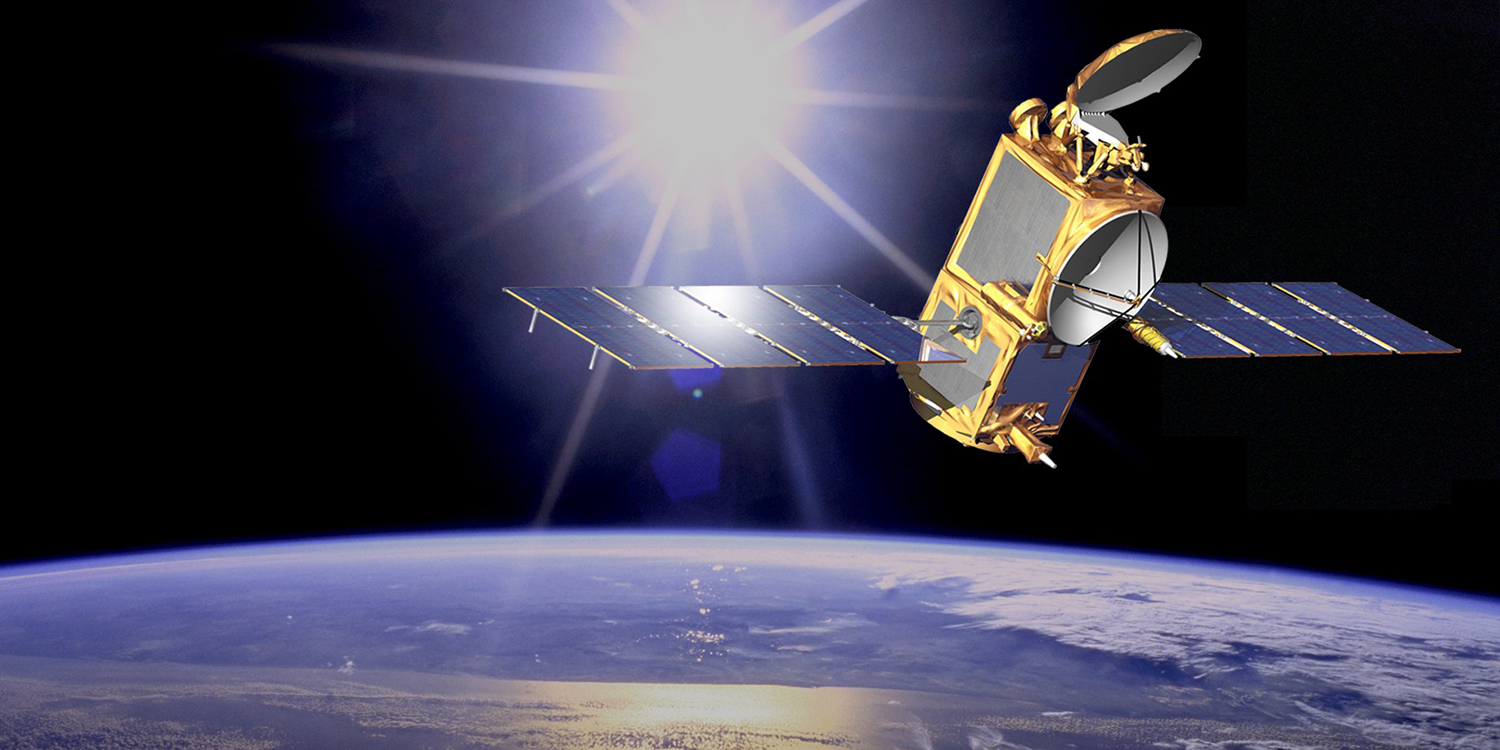
The Emergency SOS via Satellite feature rolled out to four new countries yesterday, but a patent granted the same day suggests that Apple satellite plans may extend much further than getting help in an emergency.
While the emergency service is limited to text-based communications, Apple’s patent describes how it could use satellite comms for voice, video, and more …
Background
Emergency SOS via Satellite was one of the headline features of September’s Apple event – so much so that the Far Out event name referenced it. Here’s how Apple describes it:
If a user is not able to reach emergency services because no cellular or Wi-Fi coverage is available, an easy-to-use interface appears on iPhone to get the user help utilizing a satellite connection. A short questionnaire appears to help the user answer vital questions with a few simple taps, which is transmitted to dispatchers in the initial message, to ensure they are able to quickly understand a user’s situation and location […]
Following the questionnaire, the intuitive interface guides the user where to point their iPhone to connect and sends the initial message. This message includes the user’s questionnaire responses; location, including altitude; iPhone battery level; and Medical ID, if enabled. The questionnaire and follow-up messages are relayed directly via satellite to dispatchers that accept text messages, or to relay centers staffed by Apple‑trained specialists who can call for help on the user’s behalf. The transcript can also be shared with the user’s emergency contacts to keep them informed.
The service launched in the US and Canada last month, and was yesterday extended to the UK, France, Germany, and Ireland. More countries will follow.
Apple satellite plans may go much further
A patent granted on the same day the service expanded to more countries suggests that Apple satellite plans may extend beyond text, and beyond emergency use. Patently Apple spotted it:
Satellite communications data conveyed by transceivers #28 and antenna radiators #30 may include media data (e.g., streaming video, television data, satellite radio data, etc.), voice data (e.g., telephone voice data), internet data, and/or any other desired data.
Apple has currently committed $450M to support the satellite communications feature, a reasonably sizeable amount of money even by Apple standards for a service that will be of use to a tiny fraction of iPhone owners. But if it’s the start of something more, then the investment could look rather modest.
Of course, the usual Apple patent disclaimer applies: the company patents way more ideas than ever find their way into actual products and services. But with satellite comms evolving from the preserve of adventurers and yacht owners to ordinary Internet users, I can definitely see sense in the company investing in the tech.
Is Apple playing a long game here, with the intention of offering broader satellite services to iPhone users? Please share your thoughts in the comments.
Image: NASA/JPL-Caltech
FTC: We use income earning auto affiliate links. More.




Comments